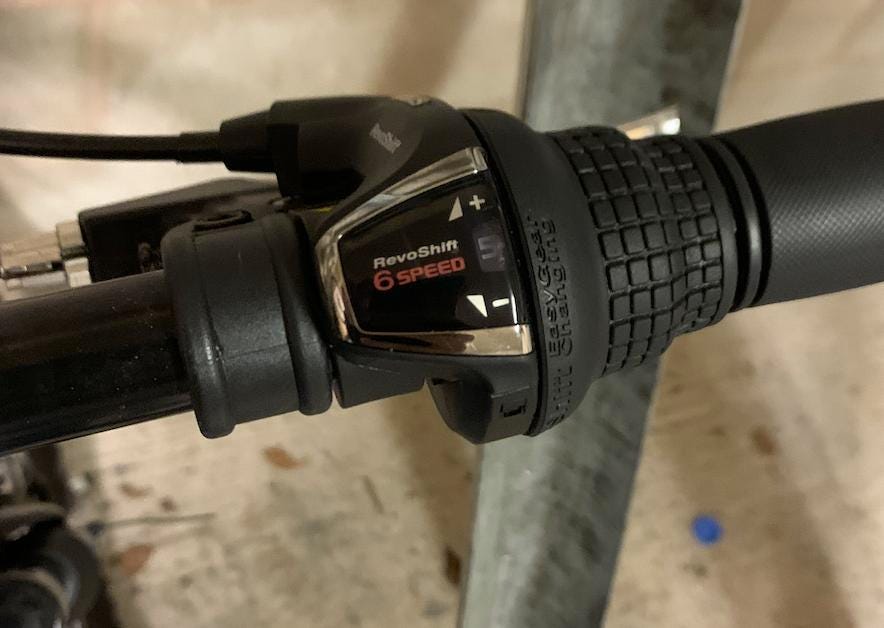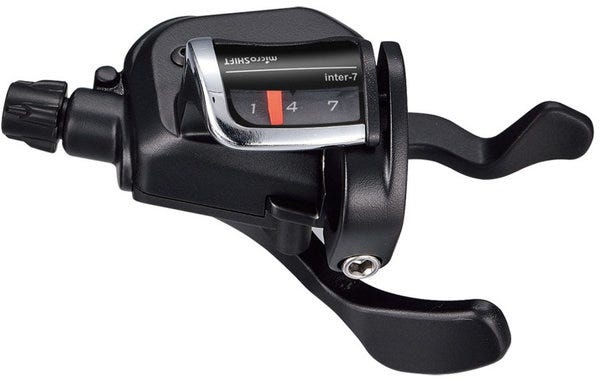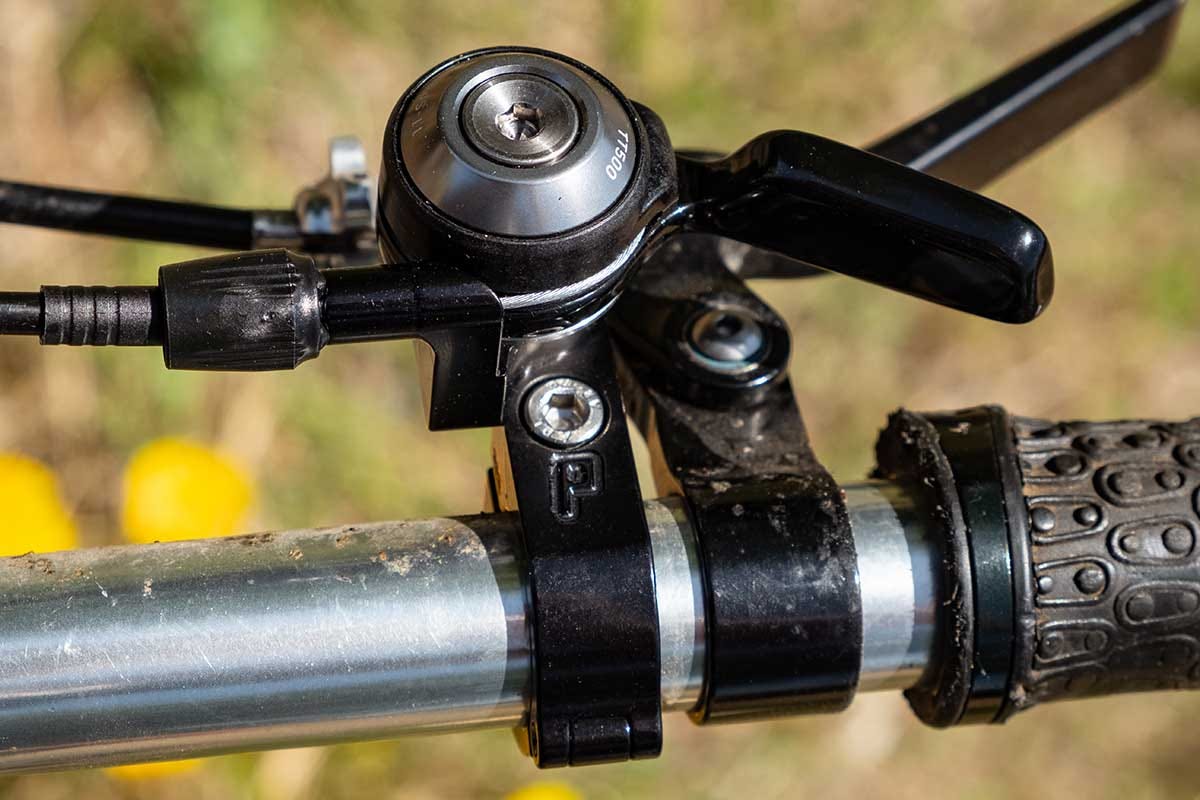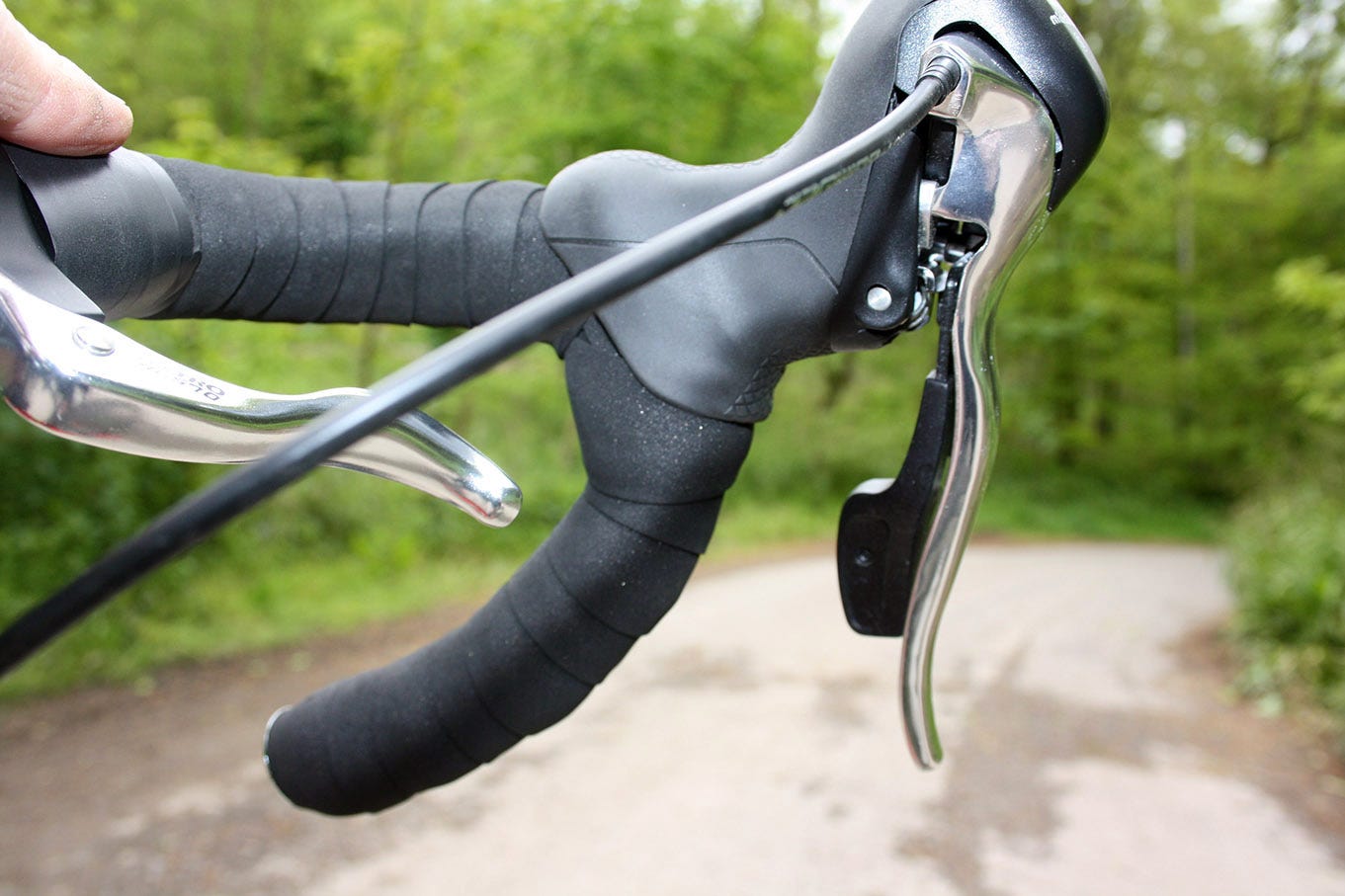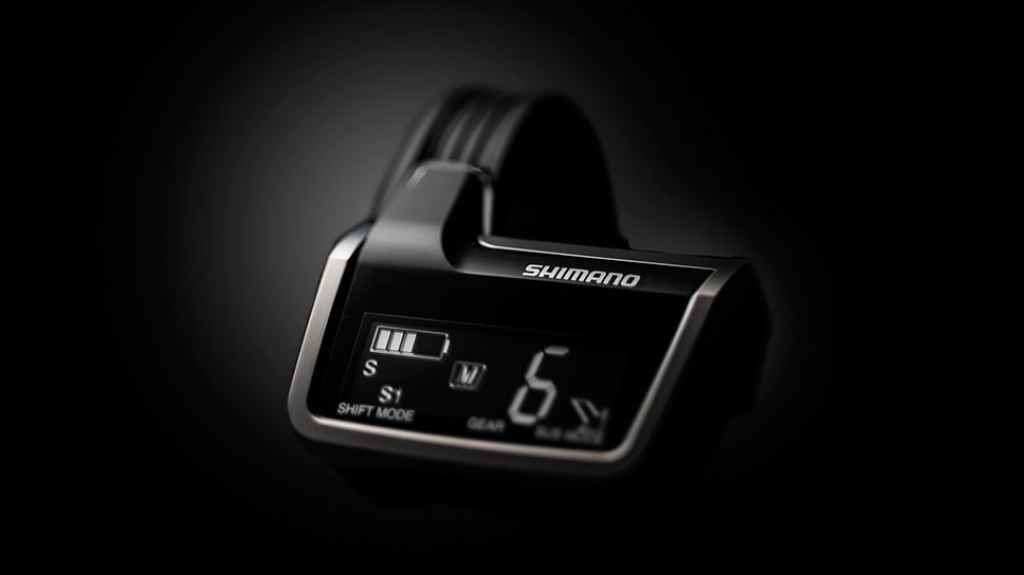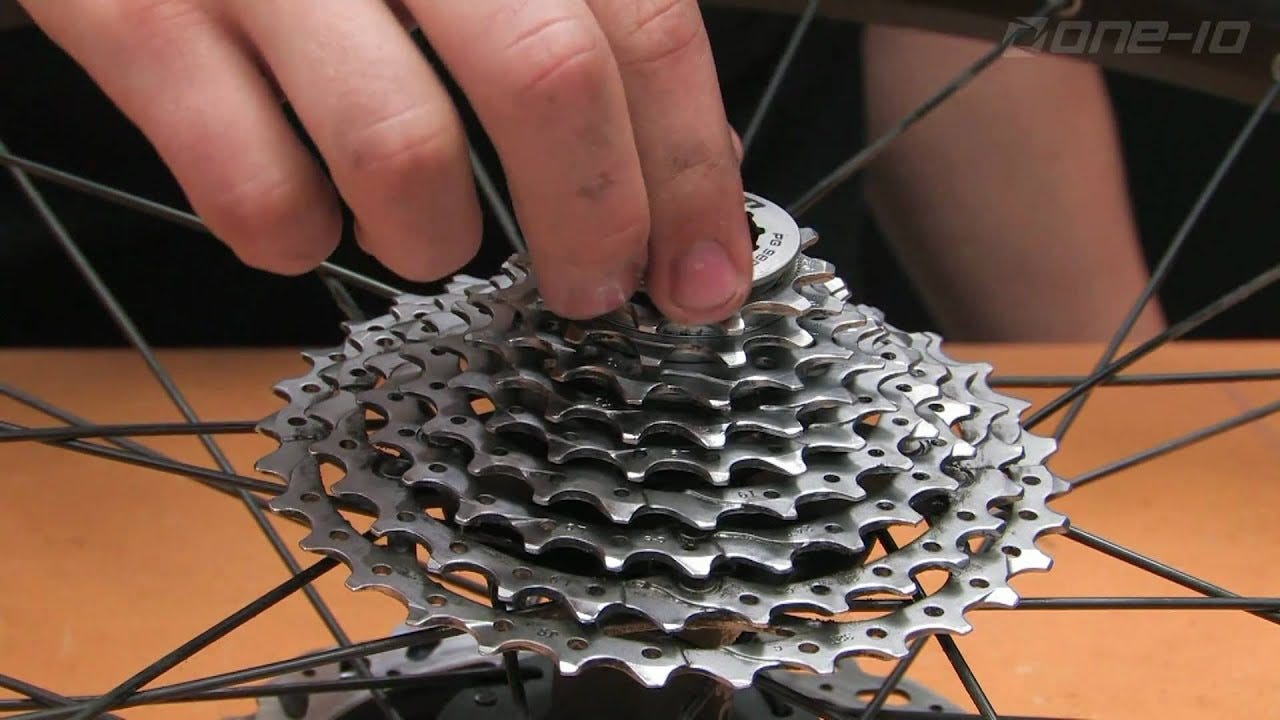Last week, I started translating my existing posts into Hindi. The first one was none other than Why Cycling Is Good For You and Everyone.
Starting this week, I will publish my posts in multiple languages, covering Hindi and French.
Learning a new language is terrific because one can learn a language and the literature and culture of people who speak a language.
I even posted a tweet to look for volunteers who could help submit translations to my already published posts on the website.
This week, let us learn about gear levers or shifters.
Gear levers or shifters
The gear lever is the component used to control your bicycle's gearing mechanism. The levers can control the gear mechanism with the help of a cable that is attached to the gear assembly.
The left-hand lever shifts the chain on the front gears. The right-hand lever moves the chain on the rear gears of the bicycle.
On traditional bicycles, these gears were mounted on the down tube, but these days, for ergonomic reasons, the gears are attached to the handlebars on most modern bikes.
Types of Gear shifters
Grip shifters
Trigger shifters
Thumb shifters
Road bike shifters
Electronic shifters
However, one cannot combine all front gears with all the rear gears because it results in poor power performance and might cause unnecessary bicycle and muscle wear and tear in the long run.
How To Shift Gears On A Bicycle?
Gear shifting is the most important aspect of bicycle riding, especially when the route and terrain bring surprises.
One can combine every front ring on the bicycle with every rear cog. However, with this strategy, one can quickly get tired and face body pain and a decline in motivation.
Therefore, one must discover the perfect mapping between the front and rear gears, according to their bicycle, body strength, route, and terrain.
How to count the gears on your bicycle?
Count the number of rings on the crank-set or chainrings, also called front gears. Let us say it has three rings. Then count the number of rings on the cassette ( rear gears). Let us say it has nine rings.
It means that your bicycle has twenty-seven options for combining the gears. Also, you can call it a nine-speed bicycle based on the number of rings on the cassette.
What is high or low gear?
The bigger rings on the cassette are low gears, and the bigger rings on the crankset are the high gears.
It means that while shifting the gears if one wants to ride at the highest gear ratio (the number of teeth on the front-gear divided by the number of teeth on the cog), the chain should stay on the most petite ring at the cassette and the giant ring on the crankset.
How to map front gears with rear gears?
In our example, one should always combine the biggest ring on the crankset with the smallest three rings on the cassette.
One should combine the middle ring on the crankset with the three middle rings on the cassette. And the most petite ring on the crankset with the three most prominent rings on the cassette.
A higher gear ratio brings more speed, requires more power & strength, and results in lesser cadence. Alternatively, a lower gear ratio brings lesser speed, requires lesser power & strength, and results in higher cadence.
It might require a bit of practice to learn these combinations. While you experiment with these combinations, also notice the difference in speed. One has to discover their optimum speed and cadence to bring out the best performance from their body.
Stay tuned for more next week!


